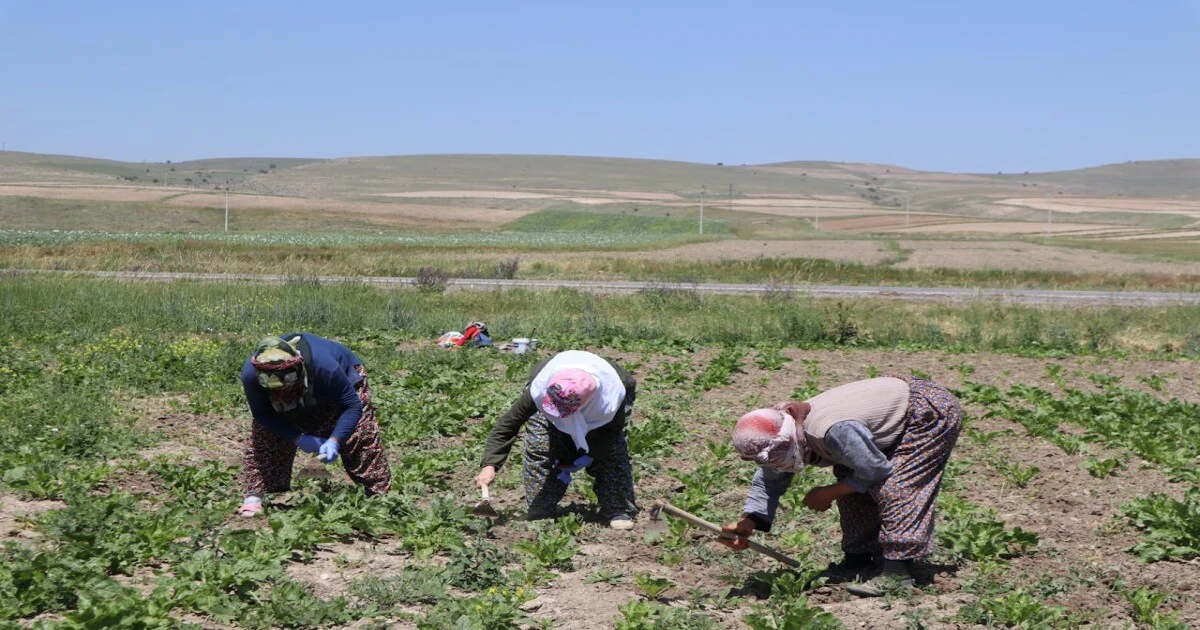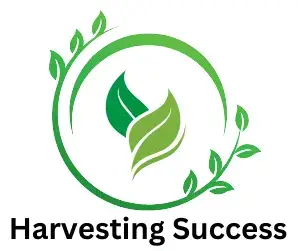Food production methods impact our health, environment, and economy. Some farmers rely on natural techniques, while others use synthetic chemicals to increase crop yields. This brings us to the debate on organic vs conventional farming, two distinct approaches shaping agriculture worldwide.
With a growing population, the need for sustainable and efficient farming has never been more critical. Many consumers choose organic products for their lower pesticide use, while conventional farming ensures mass production to meet demand.
However, both have advantages and drawbacks, making the choice complex. For example, organic produce is often pricier due to labor-intensive methods, whereas conventional crops are more affordable but may contain chemical residues.
Understanding these differences helps farmers and consumers make informed decisions. Whether prioritizing health, cost, or sustainability, farming choices affect future food security and environmental balance.

What is Organic Farming?
Organic farming is a natural approach to growing crops and raising livestock. It avoids synthetic chemicals and focuses on eco-friendly methods. Farmers use compost, manure, and crop rotation to maintain soil fertility. They also rely on biological pest control instead of chemical pesticides. This method promotes biodiversity and improves soil health over time.
In contrast to conventional farming, organic practices prioritize sustainability. They reduce pollution and help maintain a balanced ecosystem. However, organic yields are often lower than conventional farming.
Since organic produce requires more labor and time, it is usually more expensive in the market. Despite the higher cost, many consumers prefer organic products due to their reduced chemical exposure. Organic certification also ensures strict farming standards, making it a trusted choice for health-conscious buyers.
What is Conventional Farming?
Conventional farming is a modern agricultural method focused on high productivity. It uses synthetic fertilizers, pesticides, and genetically modified organisms (GMOs) to maximize crop yield.
This system allows farmers to produce large amounts of food quickly and efficiently. However, chemical use can affect soil health and water quality over time.
Conventional farming techniques help meet global food demands. Large-scale farms use advanced machinery and irrigation systems for mass production. This makes conventional food more affordable and accessible.
However, pesticide residues and soil degradation are concerns. While this method ensures food security, it also raises questions about long-term sustainability. Many farmers balance both methods to achieve better results.
Also Read: Organic Agriculture for Sustainable Food Production
Difference Between Organic and Conventional Farming
| Factor | Organic Farming | Conventional Farming |
| Farming Techniques | Natural fertilizers, crop rotation | Synthetic fertilizers, monoculture |
| Use of Chemicals | No synthetic pesticides or GMOs | Uses pesticides, GMOs, and additives |
| Environment Impact | Protects biodiversity, improves soil | Can lead to soil depletion, pollution |
| Cost & Productivity | Higher cost, lower yield | Lower cost, higher yield |
| Consumer Health Effects | Fewer chemical residues | Possible pesticide exposure |
The difference between organic and conventional farming lies in their approach to sustainability. Organic farming focuses on long-term soil health using natural fertilizers. In contrast, conventional farming relies on synthetic inputs to boost short-term productivity.
Chemical use is another major factor. Organic farmers avoid synthetic pesticides and GMOs, while conventional methods use them to prevent pests and increase yield. This affects both environmental impact and consumer health. Organic farming supports biodiversity, whereas conventional practices may lead to soil erosion and pollution.
Cost and productivity also differ. Organic products are more expensive due to labor-intensive methods, while conventional farming provides affordable food through large-scale production. However, health-conscious consumers often choose organic food despite the price difference. Both farming methods have pros and cons, making it essential to balance productivity and sustainability.
Benefits of Organic Farming
One of the key benefits of organic farming is better soil health. Organic methods use compost and crop rotation, keeping the soil rich in nutrients. This improves plant growth and reduces erosion.
Another advantage is its lower environmental impact. Since organic farming avoids synthetic chemicals, it helps protect water sources and biodiversity. It also reduces air pollution from pesticide use.
Organic food is free from harmful pesticides and GMOs. Many consumers prefer it for health reasons. Although organic crops may take longer to grow, they are more natural and nutritious.
Organic methods support long-term sustainability. They maintain soil fertility and promote eco-friendly practices. However, they require more effort and time, making organic produce more expensive. Still, many farmers and consumers choose organic for its environmental and health benefits.
Benefits of Conventional Farming
One major benefit of conventional farming is high crop yield. Farmers use synthetic fertilizers and advanced irrigation techniques to produce more food in less time. This helps meet global food demands efficiently.
It also has lower production costs. Conventional methods use machinery and chemicals to reduce labor and increase efficiency. This makes food more affordable for consumers.
Another advantage is scalability. Large-scale farms can supply grocery stores year-round, ensuring a steady food supply. This consistency benefits both businesses and consumers.
Conventional farming methods focus on productivity and affordability. While it provides food security, concerns about sustainability remain. Despite this, many farmers rely on it for its efficiency and economic benefits.
Drawbacks of Organic Farming
One of the biggest drawbacks of organic farming is its high cost. Organic crops require more labor and time, making them expensive for both farmers and consumers.
Another challenge is lower crop yield. Without synthetic fertilizers and pesticides, organic farms produce less food per acre. This can make it harder to meet large-scale food demands.
Organic farming is also labor-intensive. Farmers must manage pests and soil health naturally, which takes extra effort. Despite these challenges, organic methods remain popular for their long-term benefits.
Drawbacks of Conventional Farming
A major drawback of conventional farming is soil degradation. Continuous use of synthetic fertilizers depletes soil nutrients, making land less fertile over time.
Heavy pesticide use is another concern. These chemicals can harm beneficial insects, contaminate water, and reduce biodiversity. This creates environmental risks.
Health concerns also arise due to chemical residues on food. While conventional farming ensures food security, long-term exposure to synthetic chemicals may affect human health. Sustainable practices can help reduce these risks.
Challenges in Organic Farming
Despite its benefits, organic farming faces several challenges. One major issue is the high cost of production. Organic fertilizers and pest control methods are expensive, making it difficult for small farmers to compete.
Market challenges also limit its adoption. Organic products often have higher prices, and not all consumers can afford them. Limited availability in stores further reduces their reach.
Lack of awareness and policy support is another barrier. Many farmers are unfamiliar with organic techniques, and government subsidies mainly support conventional farming. This discourages the shift to organic methods.
Certification is also complex. Farmers must follow strict guidelines and undergo inspections to label their produce as organic. These processes take time and money, making it harder for new farmers to enter the market. Addressing these barriers can encourage wider organic farming adoption.
Conclusion
When comparing organic vs conventional farming, the best choice depends on priorities. Organic farming is eco-friendly and promotes healthier food, but it costs more and has lower yields. Conventional farming, however, provides high productivity and affordability but raises environmental and health concerns.
Sustainability goals, affordability, and long-term effects play a key role in deciding the right approach. Some farmers adopt mixed methods to balance productivity with sustainability. Consumers, too, must weigh their choices based on health and budget.
In the end, both methods have advantages and drawbacks. What matters most is finding a farming approach that meets global food demands while protecting the environment.












